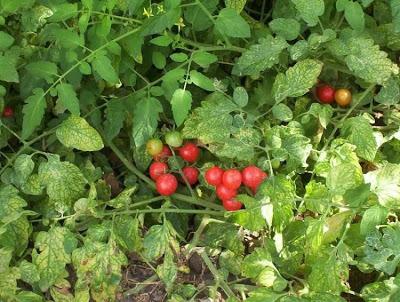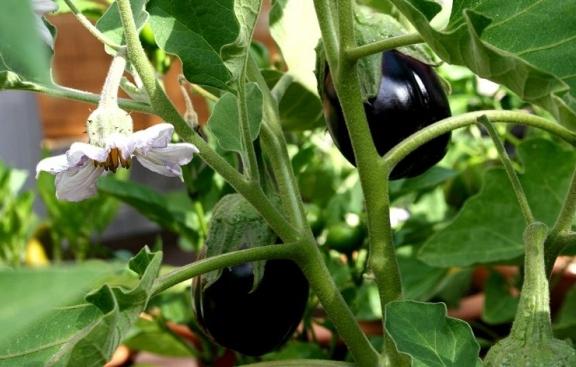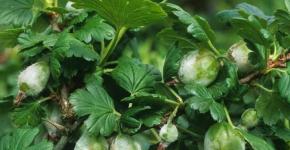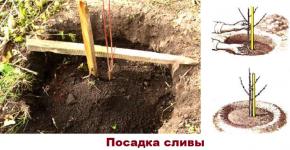The nightshade family is one of the largest
The nightshade family is a collection of 2300 species and 90 genera of plants, the fruits of which we encounter almost daily. It includes not only herbs, but also trees and shrubs. The nightshade family, whose representatives are indispensable food suppliers in most countries of the world, includes such plants: tomatoes, potatoes, eggplants, peppers, physalis, tobacco. Many advanced vegetable growers also grow such “exotics” as cyphomandra (tomato tree), garden blueberries (edible sarakha), solandra, brugsmania. Many also know such representatives of this family as belladonna, dope, henbane, petunia. Almost all plants contain solanine, an alkaloid that causes poisoning in animals and humans in large doses. The nightshade family has been helping humanity solve food problems for hundreds of years. So, for example, the Indians of South America cultivated pepper and potatoes more than 1000 years ago. Over time, they spread throughout the world. Despite the fact that potatoes began to be massively grown in Russia only in the 19th century, this plant is now almost indispensable. The nightshade family is widely represented almost everywhere. The largest number of its species grows in the tropics of South America. In our latitudes, the nightshade family is represented by such wild species as bittersweet and black nightshade. Both of these plants are poisonous.
Description of plants of the nightshade family

Representatives of the family can be easily recognized by the peculiar structure of the flower. As a rule, he is bisexual. It has 5 stamens and a regular pistil. The filaments are short, attached to the corolla tube. The anthers of Solanaceae are large, sometimes unequal or close to the center of the flower. Its calyx has 5 leaves. The perianth consists of 5 petals, which, when fused, form a wheel-shaped or tubular corolla. These plants have one or more flowers collected in a small inflorescence. The nightshade family differs from others in its great species diversity. Almost all of its representatives have regular whole or cut leaves without stipules. After flowering, fruits appear on the plants - boxes or berries containing small seeds with endosperm. Often there are ovaries with a sculptured seed skin. The nightshade family differs from other plants in that almost all of its representatives contain various toxic substances. Some are very toxic (henbane, dope, belladonna). Many of the plants in this family are used to make medicines.
The nightshade family is the basis of agriculture in many countries

On the territory of the CIS countries, representatives of this family play a huge role in economic terms. Of exceptional importance to us is the potato, which is used as human food and livestock feed. For many years of growing this crop, thousands of varieties have appeared in the world, which have become an indispensable food product for all residents of Russia. Potatoes in the Russian Federation are cultivated almost everywhere where they are engaged in agriculture. Tomatoes play an equally important role in our lives. A huge number of varieties of this crop have been developed. Some of them are characterized by high yields and large fruits (up to 1 kg). Cultures such as eggplant and pepper (bitter and sweet) also differ in their nutritional value. These plants produce fruits rich in vitamins, minerals and other useful substances. Tomatoes, peppers and eggplants differ from potatoes in their thermophilicity, so large yields can only be obtained in regions with a warm and temperate climate.


